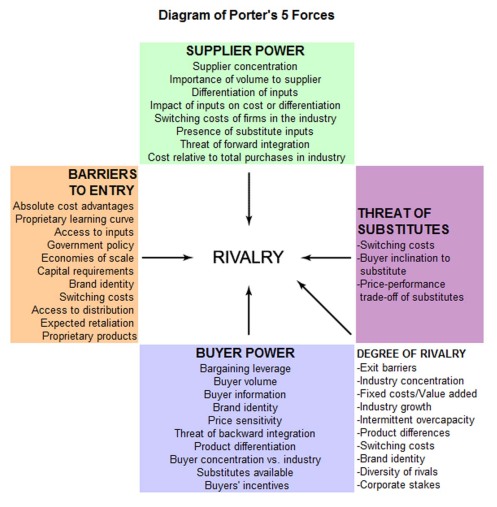BUSINESSTIMES 1 Oct 2009
(ZURICH) UBS continued to strengthen its capital position in the third quarter and the bank’s underlying performance is getting better all the time, says UBS CFO John Cryan.
‘I’m more bullish on UBS than I have been for a couple of years,’ Mr Cryan told a banking conference in London yesterday, which was broadcast via the bank’s website after the event. ‘The bank’s underlying performance is improving day by day.’
Mr Cryan was upbeat on the positioning of UBS investment banking, seen by some analysts as having missed out on the upswing in markets this year because of the unit’s downscaling after UBS suffered billions in writedowns on illiquid assets and was forced to seek state help.
‘The investment bank has the right scale and scope,’ he said, adding risk management remained on the agenda of the group, the world’s largest wealth manager in terms of assets.
UBS shares traded 0.7 per cent lower at 0953 GMT yesterday, underperforming a 0.6 per cent gain in the the DJ Stoxx European banks index. Local rival Credit Suisse Group AG was 0.2 per cent lower.
Mr Cryan warned that proposals for new international regulations on the amount of debt banks are allowed to take on board, along with higher liquidity requirements, could slow the flow of capital. ‘We think in a number of Western economies it will simply prolong the recession,’ he said, adding that the competitiveness of global banks would be impaired.
Swiss regulators had failed to conduct proper analysis of the economic consequences for the country’s banking industry considering new Swiss rules went further than those for banks internationally, Mr Cryan said, adding to recent criticism of regulators.
‘The timescales don’t appear to be aligned. Switzerland is moving faster,’ he said. ‘The imposition of the leverage ratios at least is a year ahead of others.’
And leverage ratios might not have the stabilising effect hoped for by regulators, he said. ‘A leverage ratio, instinctively, causes a bank to want to use its balance sheet for the most risky assets,’ he said.
Swiss bankers said last week that new capital rules could put the country’s financial industry at an international disadvantage as it struggles to rebrand itself after bank secrecy was relaxed and that it was important for Swiss regulators to coordinate with international colleagues.
Swiss National Bank vice-chairman Philipp Hildebrand in turn warned against returning to business as usual as the economy improves and urged tightening of global regulation. — Reuters
Posted in Uncategorized


